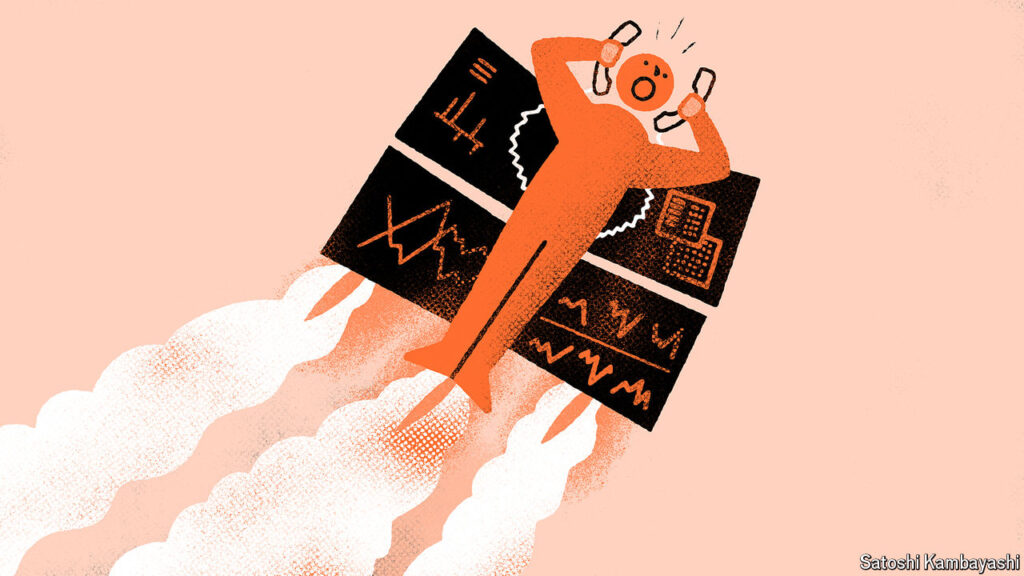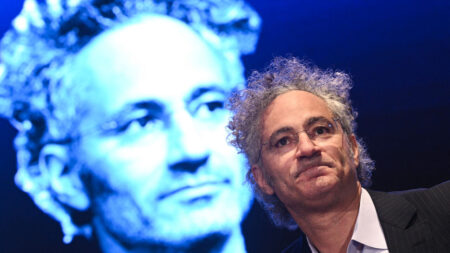Working on a trading desk is an intense and fast-paced job that requires sharp focus and quick reflexes. Every phone call or computer notification signals a potential trade from a client, and ignoring them could mean losing business to a competitor. The atmosphere is filled with heat from the computers constantly running at full capacity, making it impossible to leave the desk on busy days. The job itself becomes a test of endurance, with traders having to stay alert and on their toes at all times.
Similar to how sports teams use code words to communicate tactics, traders also have their own jargon. Terms like “cable, a yard, mine, Geneva” may sound like gibberish to the untrained ear, but they actually translate to real actions in the trading world. For example, “Brevan Howard, a hedge fund, is buying £1bn and selling dollars.” Mistakes in trading can lead to intense reactions, including swearing, shouting, and even equipment being damaged in frustration. This high-stress environment was the norm a couple of decades ago, during the heyday of trading.
However, the trading landscape has significantly changed since the global financial crisis of 2007-09. The aftermath of the crisis saw the implementation of stringent regulations that restricted trading activities and reduced profitability. In addition, the rise of high-frequency trading posed a threat to traditional banks, particularly in stock markets where speed is crucial. The global economy itself was sluggish, with low interest rates keeping markets relatively stable. As a result, trading became less volatile, with equities and bond yields moving in predictable patterns. Major events like the Brexit vote or the election of Donald Trump provided rare moments of excitement in an otherwise quiet market.
This calm environment meant that investors had little incentive to make frequent trades, leading to decreased revenues and lower returns for trading desks. Instead of market movements, the focus shifted to cost-cutting measures and lay-offs as banks struggled to adapt to the new normal. The days of traders frantically shouting orders across a crowded floor were fading, replaced by a more subdued and cautious approach to investing.
Despite these changes, trading desks continue to play a vital role in the financial world. Traders have had to adapt to new technologies and regulations, finding ways to remain competitive in an evolving market. The thrill of making successful trades and the pressure to outperform never truly goes away, even in quieter times. While the days of wild market swings and non-stop action may be behind us, the core elements of trading – focus, reflexes, and quick thinking – remain as crucial as ever. Trading may have changed, but the excitement of the game lives on.












